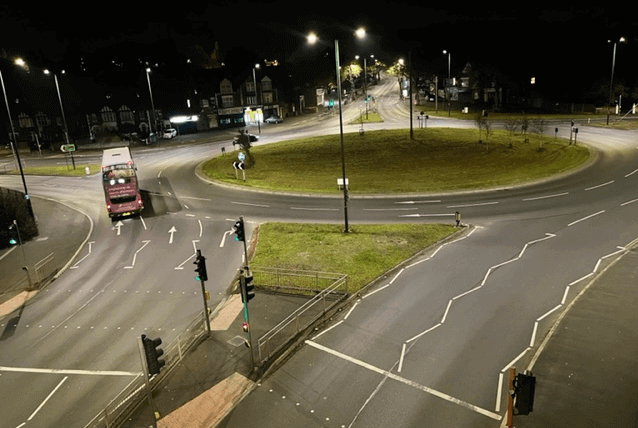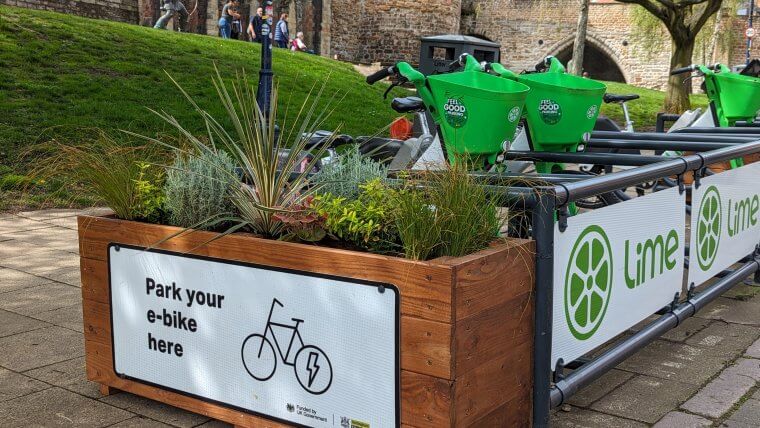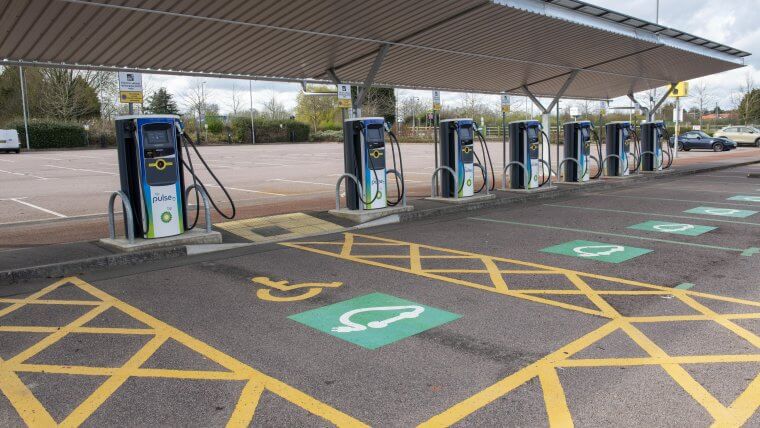29 May
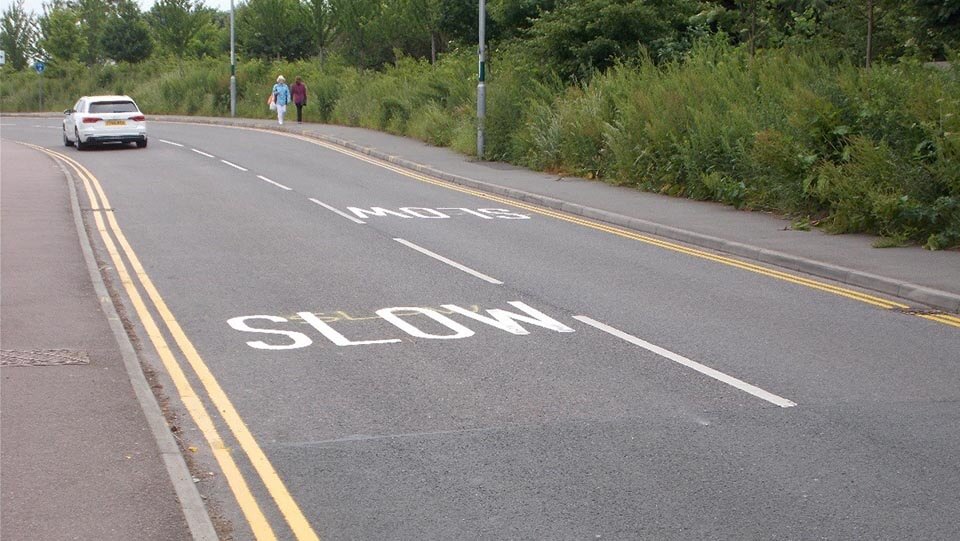
Principal Traffic Officer Sue Thorpe explains how making small changes to streets can transform neighbourhoods for the better…
What do your team do?
We review traffic orders (the legal term for road signs, markings and layouts) to see if we can improve roads around the city, making streets work better for those who live or work there and those who pass through.
What sort of traffic issues are there in residential neighbourhoods?
Common issues include inconsiderate parking, speeding, ‘rat-running’ and congestion.
Inconsiderate parking is a major problem and can cause real access issues, not just for people trying to use private driveways but it can prove hazardous to those with mobility issues as cars straddling the curb can make pavements unusable for those with pushchairs or in wheelchairs. There’s also the issue of non-residents using streets for commuter parking or school drop offs, which can reduce people’s ability to access to their homes.
Is this all about parking then?
No, it’s not all about parking but a lot of issues can be solved by sorting out parking in an area. This can help curb inconsiderate behaviour, improve access to properties and act as a traffic calming measure to improve road safety slow down through traffic and reduce ‘rat-running’.
How does the process work?
A lot of our work starts with reports from citizens. People write in, call, talk to a councillor or attend a surgery and express their views about their street or area. We log and reply to all of the comments and then investigate to work out solutions to common concerns.
An investigation is all about finding the right balance, and there’s always a compromise. For instance, there could a problem with cars mounting the curb making the pavement too narrow for wheelchair users, we might install double yellow lines to prevent this, but this would lead to a loss of parking places – it’s all about finding the right balance.
Each of team members focus on a specific neighbourhood so they become real experts on an area of the city. They investigate all of the concerns raised by the public and propose solutions to problems. If there is a genuine issue with a viable solution, we add it to the ‘Contenders List’. These are then priced up and presented to Ward Councillors for approval at Area Committee.
Last year we began the Neighbourhood Improvement Programme which was all about improving access to people’s homes. There are a lot of communities in the city with narrow lanes and houses built in the 1920s and 30s before widespread car ownership. Understandably these streets were never meant to support one, or typically two cars per household. So parking is a major issue – but there are also other important factors to consider.
We asked the emergency services and our bin collection teams which streets in the city presented the biggest problems for them – as we don’t want our citizens to miss bin collections due to blocked streets or see a delay in a fire engine reaching their front door.
For example on Holcombe Close in Aspley, we improved access to a narrow street by installing double yellows on one side of the road, that way all the vehicles would park on one side of the street and the other would be kept clear.
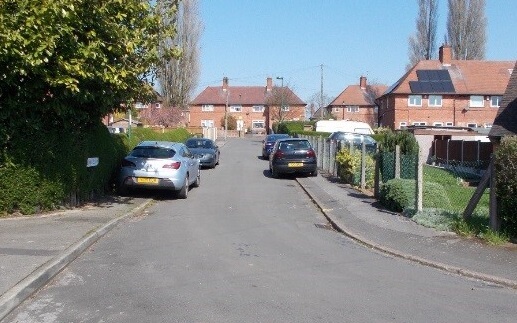
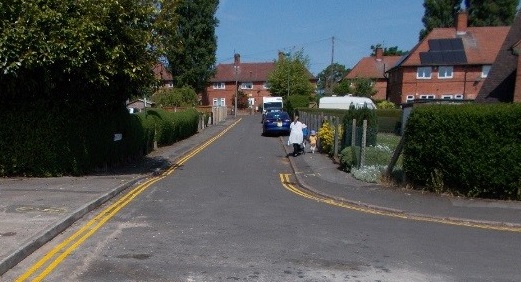
We review each street differently when looking for solutions, there is no one-size-fits-all solution as what works in Bestwood may not in Bulwell and visa versa, so our team have to review all the options and work out the best solution for Nottingham residents.
Want to make a report about your area?
Get in touch with our team by emailing traffic.management@nottinghamcity.gov.uk, letting us know you want to talk about neighbourhood improvement schemes.


